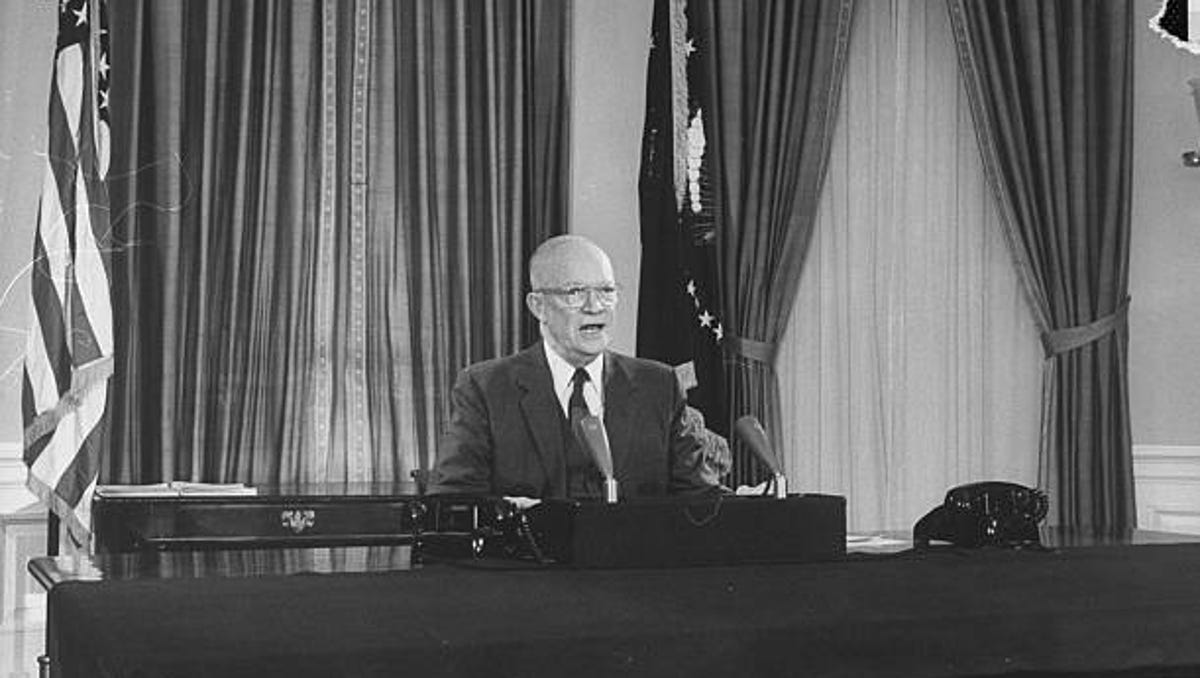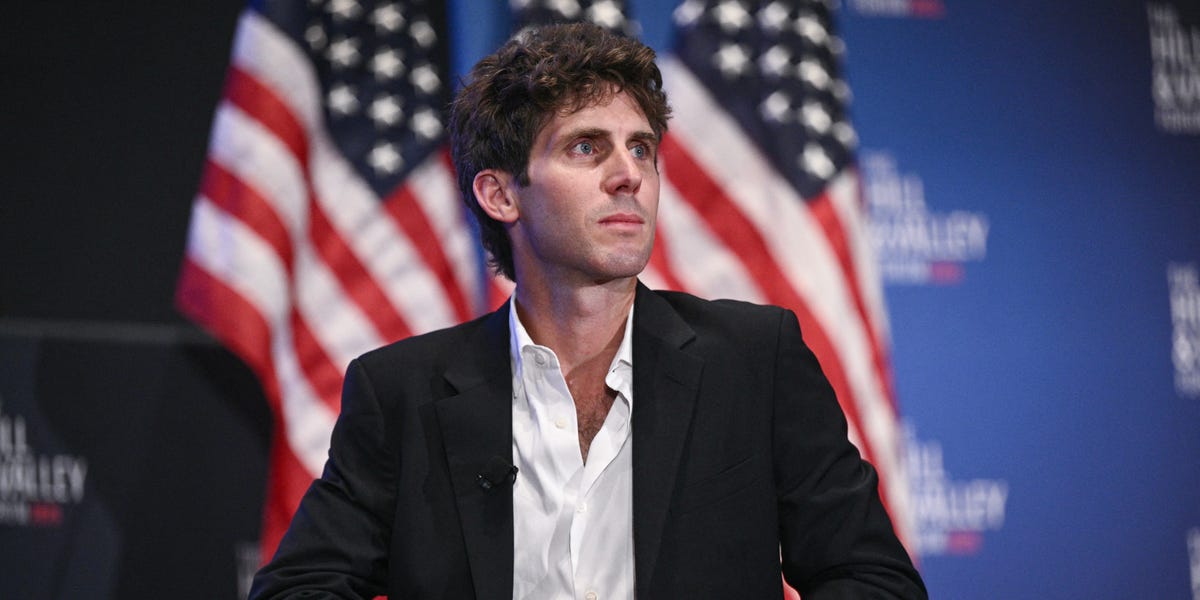Two strategies that struck me during SBJ’s Media Innovators were not focused on the dynamic digital players, but instead around the challenged linear business. Here’s what stood out:
First, I don’t ever want to bet against Versant Chair Mark Lazarus and Versant Sports President Matt Hong, two incredibly talented media executives who haven’t had many misfires. But there are plenty of questions about why these two are placing such a big bet on traditional linear TV with Versant, the Comcast spinoff of the cable networks of NBCUniversal and digital businesses. Most wonder how long the cable business has left, and it’s a fair question. But here’s what Lazarus and Hong feel good about: assets that generated $7 billion in revenue and more than $2 billion in EBITDA last year, a position Hong called “a good one to be in if you’re starting a new company.” Say what you want about a declining media segment, but a lot of us would sign up for a business dropping $2 billion to the bottom line. USA Network and Golf Channel are in roughly 60 million homes, and Versant believes its newly branded USA Sports can be an active player in the sports rights market while building other sports-adjacent businesses that will drive revenue.
Hong’s not giving up on linear distribution despite industry pressures. “We are obviously very long on, and continue to be bullish about, that model,” he said. He’s pleased with the current portfolio of NASCAR, Premier League, WWE and the recently added WNBA, LOVB, LPGA and Pac-12. “We will continue to look for properties that are already established and that command large dollars from advertisers,” he said, “but we’ll continue to look at growth properties as well, many of which are actually women’s sports.” Sports properties will benefit from a well-funded suitor that can provide reach, and Hong will look to acquire digital businesses that align with their current rights, similar to what they’ve done with Golf Channel; online booking network, Golf Now; and the broader offering, GolfPass, which sources say are incredibly profitable lines of business.
Hong has done much of the heavy lifting of the separation from NBCU, and has his staff largely set. Now, it’s about execution, acquisitions and growth, which are the fun part of the business. There are plenty of headwinds, and we don’t know if this will be enough for distributors to be bullish on this offering, but the fact that two of the brightest people in sports media — Lazarus and Hong — are in charge makes many feel more confident about their chances.
The other approach that caught my eye is The CW, the broadcast network with widespread reach through its local affiliate network. It is a newbie to sports, having gone from zero hours of sports programming to more than 500 in just two years under the leadership of President Brad Schwartz. The Toronto-born media executive, who started his career working under Lorne Michaels at “Saturday Night Live,” also offered a distinct point of view of where he feels The CW fits into sports culture with its mix of programming that includes NASCAR’s Xfinity Series, WWE NXT, college basketball and football, bull riding and bowling, among others. “It’s all really starting to feel very Americana,” he said, leaning into a mid-America offering. “This is all starting to feel very, not kind of cool and coastal, but really kind of rootsy and organic and red, white and blue. … You can almost see the marketing strategy.”
There are a number of sports that would fit into — and welcome — that approach and audience. One example is The CW’s coverage of NASCAR, which was perhaps the sanctioning body’s best story of the year. The CW had all Xfinity Series races as part of a new seven-year deal, and the presentation and marketing by the network was widely praised inside NASCAR’s offices, with viewership also up 10%. Finally, similar to Hong at USA Sports, Schwartz is eyeing more programming and has the shelf space. “We would like to have sports every day of the week,” he said.
There’s a lot at play here. Look at what NBC is doing with programming sports in prime time during the week; you have a broadcaster such as The CW expressing the desire to air sports every night; and a widely distributed USA Sports led by sports advocates who will be active in the market. That’s good news for the sports properties; less so for the people behind scripted and unscripted programming. We have to watch how the economics work with advertisers and distributors, and if others follow this approach.
Abraham Madkour can be reached at amadkour@sportsbusinessjournal.com.








